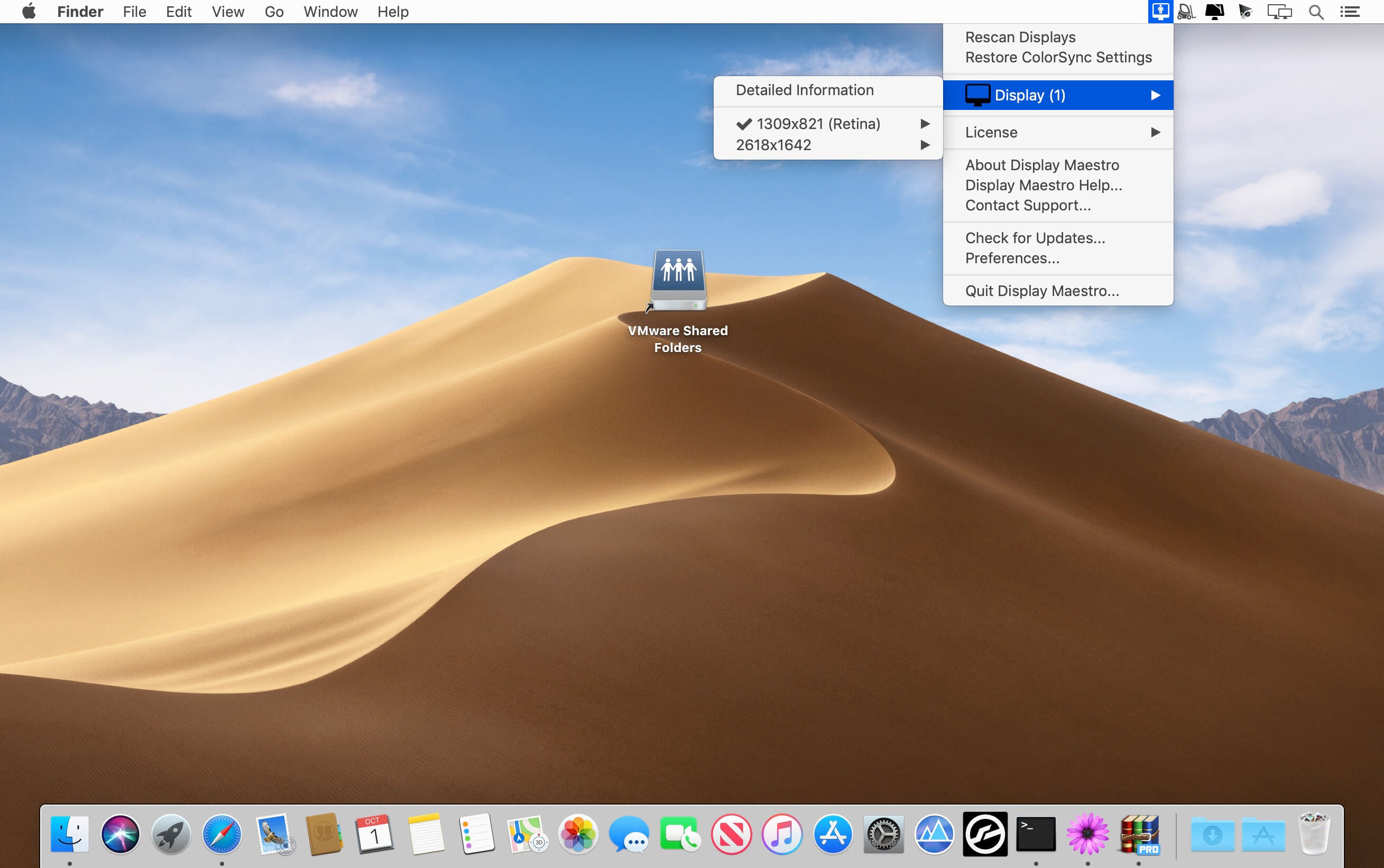

DISPLAY MAESTRO GENERATOR
On the Video Display tab the units are not listed – so be aware of what the XYScope video output clock speed is in your rig!ĭot pattern random seed : The XYScope controller uses a simple pseudo-random generator to create the random dot patterns of most XYScope target types. The clock speed determines the duration of a "tick", 1µs or 100ns. The slower clock speed may be necessary to drive oscilloscopes with relatively long settling times for the X/Y drive voltages. The video output box runs at one of two possible clock speeds, 1MHz or 10MHz, which is selected by an external switch.

Maestro will automatically correct invalid entries.

The draw cycle Delay can range from ticks, and the beam- ON Duration can range from, so long as the total cycle time does not exceed 255 ticks. The user can adjust the durations of these two phases to some extent to get the best possible performance from the particular oscilloscope in use. Each dot draw cycle is thus characterized by a "delay" phase, which gives the updated drive voltages time to settle (otherwise, the dots will have “tails” because the beam is still moving when it is turned on!), and an "on" phase, during which the trigger pulse gates on the beam. To draw each dot in an XYScope target, the controller must change the X and Y drive voltages to “move” to the dot’s screen location while the electron beam is off, then raise the trigger input to turn on the beam. The readout is updated whenever one of the parameters D, W, or H is changed.ĭot draw timing : The XYScope controller is a DSP device that drives a custom-designed video output circuitry which, in turn, drives the X, Y and trigger inputs of the oscilloscope. The origin (0 deg, 0 deg) lies at this central point, and the distance to the eye, D, is measured along the line-of-sight vector.įOV (Field of View) : This static readout indicates the current visual field of view (in degrees subtended at the eye) spanned by the display screen - calculated in accordance with the display geometry. Users should be aware of these basic assumptions behind the coordinate transformations: The display screen is flat (definitely an approximation!) and is oriented such that the line-of-sight vector from the eye intersects the screen plane at a right angle, passing through the screen's center. The display geometry is crucial, since Maestro uses it to convert all coordinates expressed in "visual degrees subtended at the eye" to physical display device coordinates. All are expressed in millimeters and restricted to integer values in. D, W, H : These settings describe the display geometry for the particular X-Y vector oscilloscope installed in the experiment rig.


 0 kommentar(er)
0 kommentar(er)
